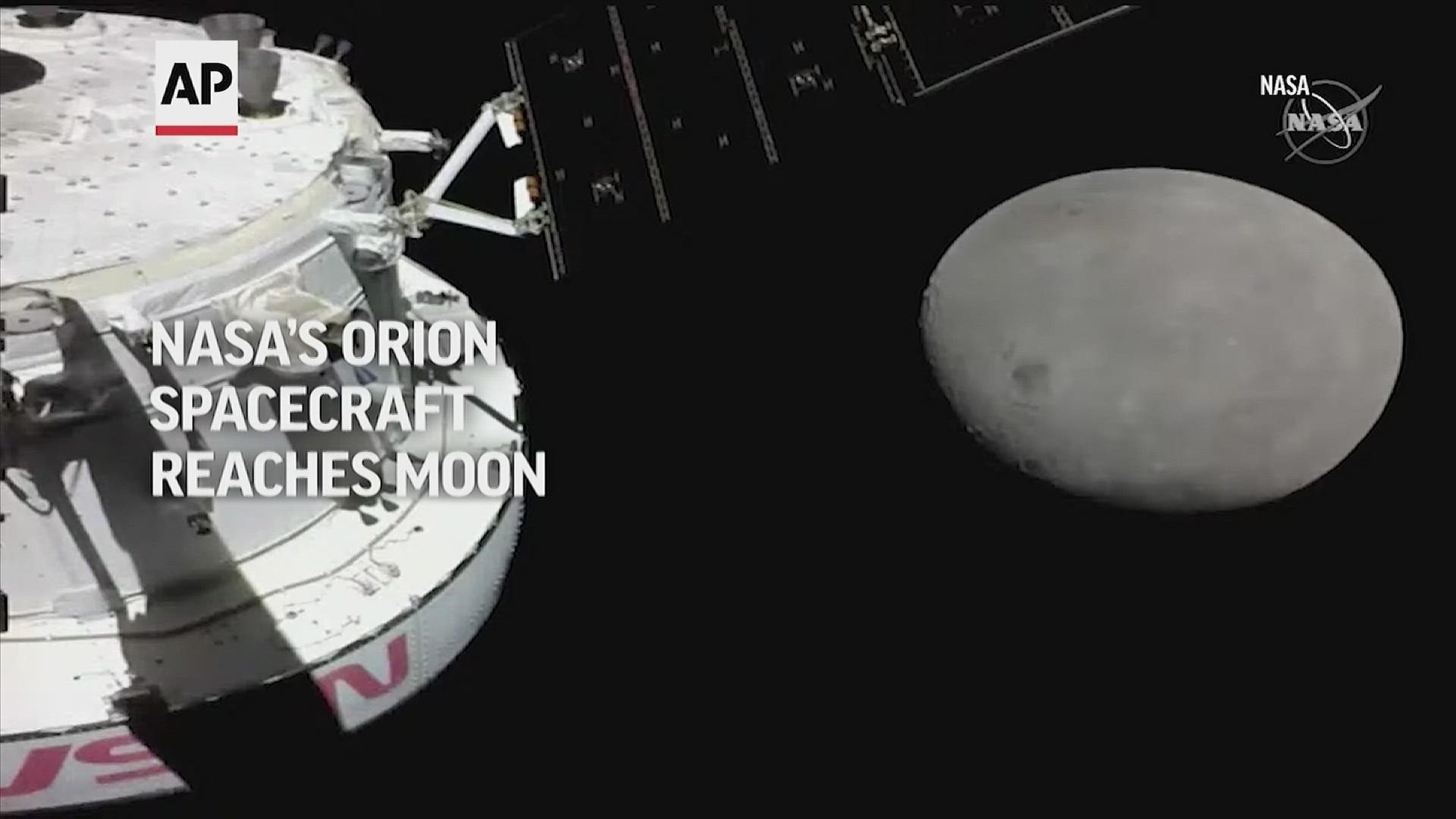TEMPLE, Texas — Those who happen to look up into the night sky this January and February may be able to see a once-in-a-lifetime celestial event, a newly discovered comet passing through the solar system.
Once-in-a-lifetime may even be an understatement, as the comet's estimated 50,000 year period means that the last people to look up and witness the icy visitor were likely Neanderthals.
The comet, which has been given the eloquent name of C/2022 E3 (ZTF), was discovered by astronomers at the Zwicky Transient Facility in early March of 2022.
Astronomers say that the comet is now "sweeping across" the constellation Corona Borealis as it travels through the inner solar system for the first time in millennia.
Although the comet is too dim to see with the naked eye at this time, scientists believe that there will be a few opportunities for sky-watchers to catch a glimpse of the rare sight.
According to NASA, C/2022 E3 (ZTF) will likely be visible in the northern hemisphere during January, and in the southern hemisphere in early February.
NASA recommends looking for the comet in early mornings when the moon is dim in the sky. While they say the comet will be best seen through a telescope or binoculars, it may even become bright enough to view with the naked eye.
The comet will reach its closest point to the sun on Jan. 12, and will reportedly pass the closest to Earth on Feb. 1.
According to NASA Jet Propulsion Laboratory, the comet has a period of around 50,000 years, meaning that the last time the comet was this close to Earth was during the Upper Paleolithic period, often considered the end of the last "ice age".
Given C/2022 E3 (ZTF)'s long period, the last people to be able to see the comet may have been very early Homo Sapiens, or possibly even Neanderthals.
A NASA image details the comet as having a "brighter greenish coma, short broad dust tail and long faint ion tail stretching across a 2.5 degree wide field-of-view.
Those hoping to see the comet before it retreats back into the stars should keep their eyes to the skies over the coming month, or they may have to wait a few millennia for it to find its way back!

